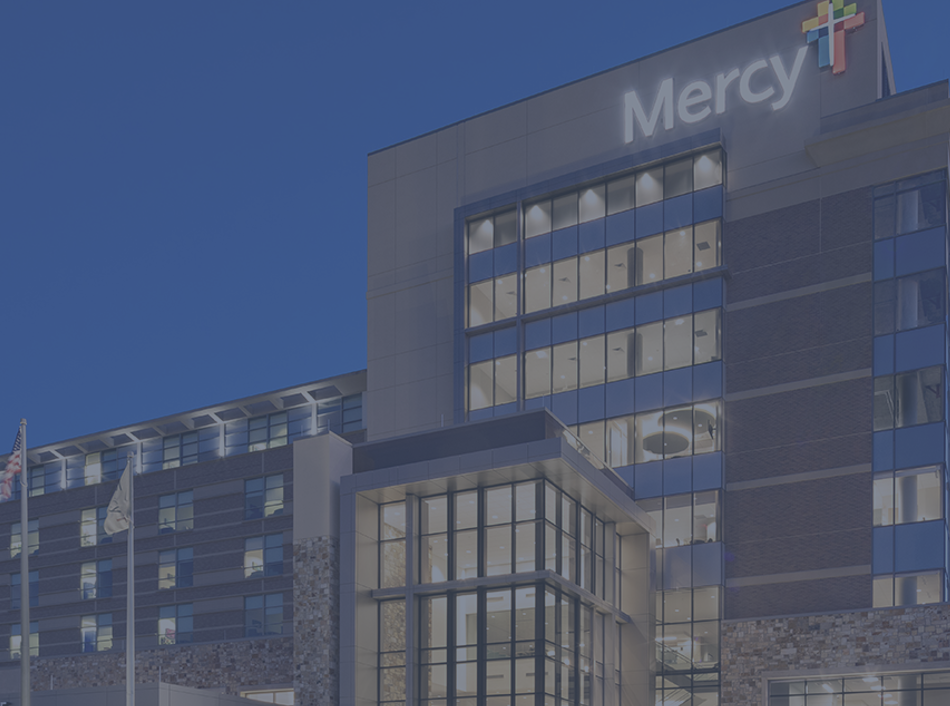What is Data Hygiene and Why is it Important?
 For many healthcare organizations, big data acts as a baseline for nearly everything they do. From making overarching changes in strategy to caring for individual patients, medical pros depend on quality data to perform their jobs. But can you always trust your data? It’s a scary thought, and the unfortunate reality is that the data businesses use every day may be corrupted, or “dirty.”
For many healthcare organizations, big data acts as a baseline for nearly everything they do. From making overarching changes in strategy to caring for individual patients, medical pros depend on quality data to perform their jobs. But can you always trust your data? It’s a scary thought, and the unfortunate reality is that the data businesses use every day may be corrupted, or “dirty.”
Dirty data is information within data sets that is inaccurate in some way. This includes duplicate info, omissions, misleading data, data that is not integrated properly, and data that is simply wrong within the files. It’s not unheard of for 25% of a business’s data to be dirty.
Data hygiene refers to the quality of a given data set, and it’s imperative that healthcare companies understand just how “clean” or dirty their data is.
Problems of Dirty Data
Incorrect data presents a challenge for any business. However, for professionals working in the healthcare or medical field, dirty data can be extremely detrimental. Not only can dirty data make an office run with lower efficiency, but incorrect healthcare data can contribute to mistakes being made during patient care. This is obviously a big concern for medical professionals, which is why regular data cleansing is required for organizations involved in patient care.
What is Data Cleansing?
Data cleansing (or data scrubbing) is the process of removing inaccurate data and replacing it with current, accurate figures. How often a business needs to clean their data depends on a number of factors, including:
- The size of the business
- The amount of data collected
- The speed at which data is collected
- The quality of data governance and management
There are two types of data cleansing: manual, and automatic. Manual data cleansing can be a time-consuming process, but it may be necessary for organizations that have a significant amount of dirty data.
Preventing Dirty Data
Data cleansing is an important step that healthcare organizations can take to improve their overall performance. However, it’s also important to prevent the accumulation of dirty data in the first place. By implementing proper data governance and management protocols –– and by creating failsafes and double-checks within your data collection process –– healthcare pros can cut down on the errors that cause dirty data sets.
Advantages of Clean Data
Clean data is a massive benefit to medical professionals at every level. Clean data allows for strategists to analyze data sets with confidence and to draw accurate conclusions based on previous results. With clean data, healthcare organizations can:
- Reduce costs
- Streamline internal processes (such as patient turnover)
- Anticipate new trends
- Provide more effective patient care
- Eliminate mistakes in patient care
- Deliver more positive outcomes
Data cleansing –– along with consistently effective management and governance –– promotes good data hygiene and affords healthcare and medical organizations the tools they need to succeed.
The Bottom Line
Amitech has worked closely with healthcare organizations for years to protect and improve the quality of their data collection and data storage methods. We know the crucial role data plays in this industry, and we have the resources, knowledge, and experience to assist your operation. Contact us here for more information.






